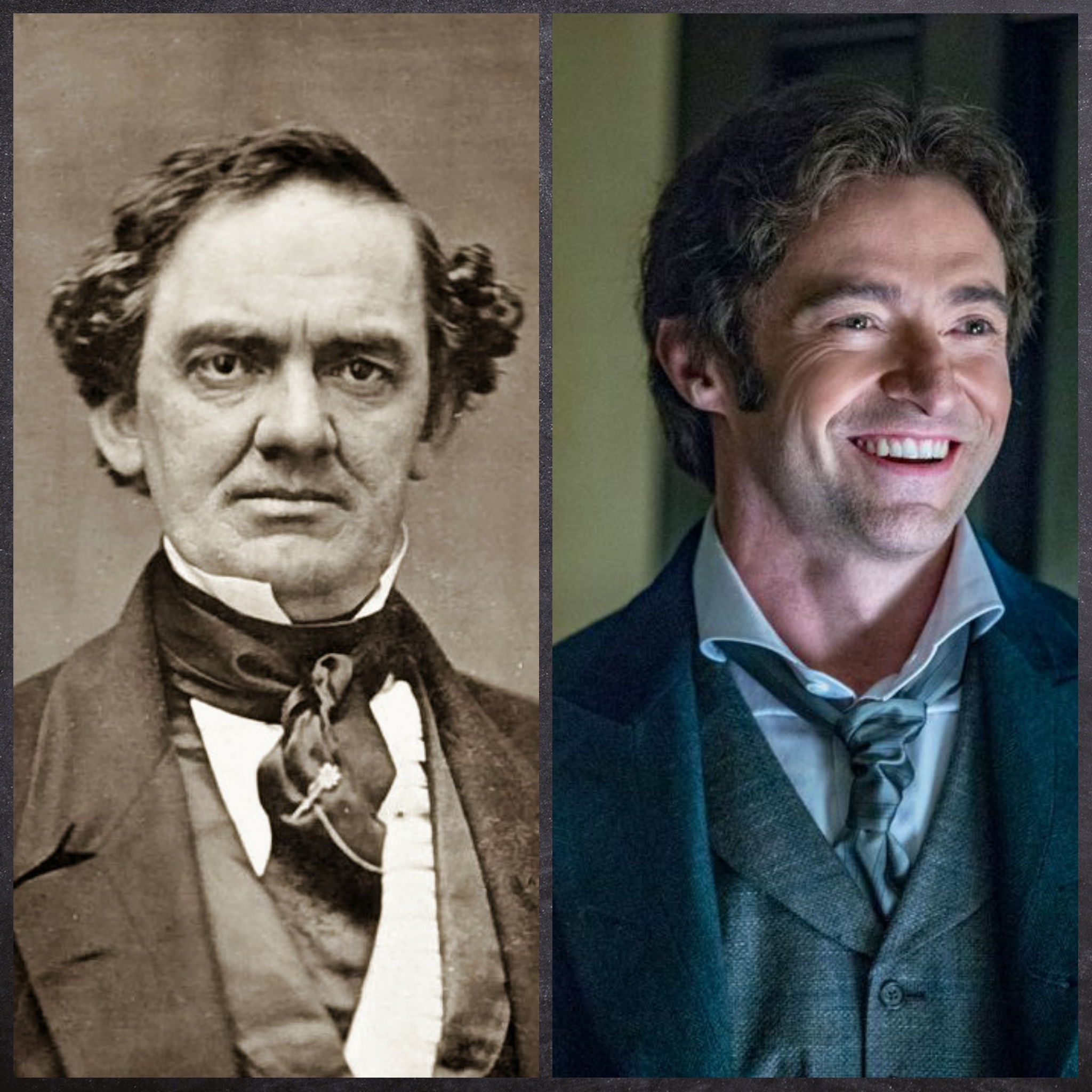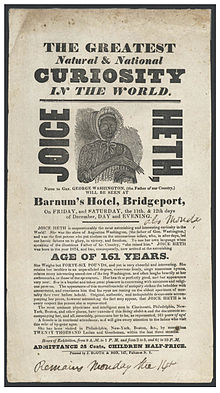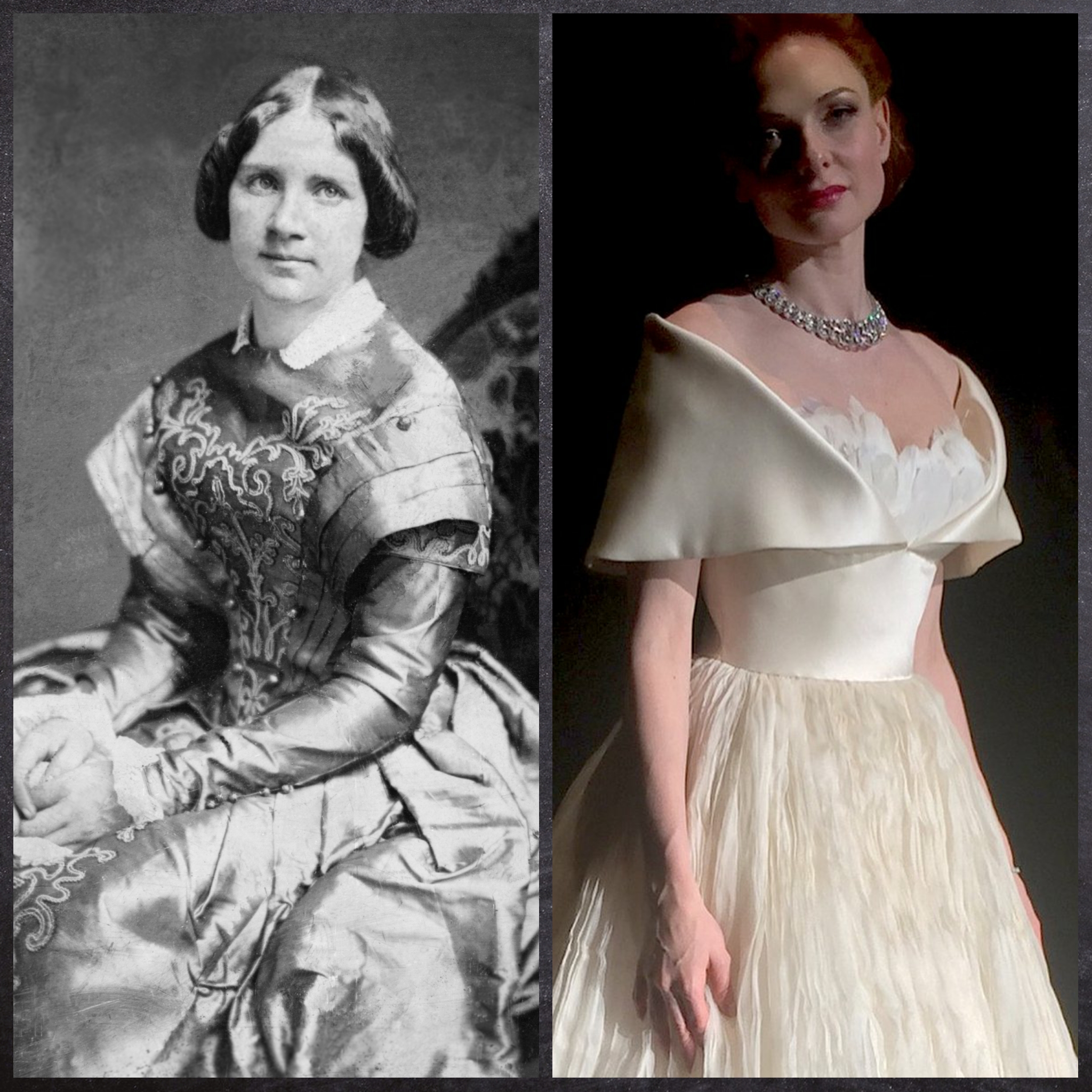The Greatest Showman (2017) is a musical presenting the fantastical life of Phineas Taylor Barnum, best known as the creator of the three-ringed circus. Set in the mid-nineteenth century we have a rags to riches story where Barnum transforms himself from homeless orphan to the richest and most successful purveyor of entertainment in America. After his waxwork museum fails, he instead employs a group of ‘freaks’ to act as sideshow attractions, putting them on stage to make money. His show becomes incredibly successful, Barnum becomes hugely rich and able to buy a mansion for his beloved family. He’s also able to showcase legitimate acts in the form of the opera singer, Jenny Lind. Unfortunately, in his quest for riches, he discards the people around him and when disaster strikes he realizes that the true riches was the family he made along the way etc etc. Armed with newfound respect and love for his family and friends, he rebuilds his circus and it becomes greater than ever, allowing him to hand it over to his partner so he can retire and spend time with his family. D’aww.
I should probably start with the disclaimer that I love The Greatest Showman but then I’m a sucker for a good musical, and the soundtrack is glorious. I should also add that when I say ‘Everything wrong with it…‘ I’m talking from an historical standpoint. Plenty has been written about the issues of whitewashing and P.T. Barnum’s exploitation of people of colour by people far more knowledgeable than me (links included at the end). So when I say I love The Greatest Showman, I love the spectacle and songs but representative of P.T. Barnum’s life it is not.
A Million Dreams : P.T. Barnum’s Early Life
Phineas Taylor Barnum was born to shopkeeper Philo Barnum and named for his maternal grandfather, Phineas Taylor. Phineas Taylor the elder was a politician who, among other things, oversaw general lotteries. He was very close to his grandson and his influence would become obvious. Barnum was sixteen when his father died and went on to run several different businesses including his own store and a stateside lottery.
One of the many elements left out of The Greatest Showman is Barnum’s religion. He was brought up in Calvinism and though, as an adult, he published editorials against the stricter aspects of the religion, he remained a Christian and much of his later life was devoted to philanthropy and temperance speaking but that would not a good musical make. Although he didn’t come from wealth, his family was by no means impoverished. They would have made a steady living and had the support of their families behind them.
This is Me : Joice Heth, General Tom Thumb, and the Early Hoaxes
Barnum’s first venture into the ‘entertainment’ industry was a source of embarrassment to him in his later life, and ignored entirely by The Greatest Showman. In 1835, Barnum bought an elderly African American woman from an acquaintance of his. Slavery was already abolished in New York, so Barnum exploited a legal loophole which allowed him to ‘lease’ the woman instead of purchase her. This practice allowed him to be able to deny that he’d ever been a slave owner when he later championed the abolition of slavery.
The woman’s name was Joice Heth and Barnum advertised her as George Washington’s nursemaid, claiming her to be over a hundred and sixty years old. Naturally, Heth was not such a great age, but the hoax was aided by her poor health. She was largely paralyzed, confined entirely to a chair, blind, and had no teeth (possibly because Barnum himself removed them). However, her stories of an infant George Washington captured the public interest and she proved financially successful for Barnum.
Barnum discovered that his talents were not so much in presenting and entertaining but in marketing. He turned all publicity into an advertisement for his tours, and when attendance started to dip, articles began appearing in the papers claiming Heth was a hoax which renewed interest.
There had always been a debate over Heth’s age and whether she could actually be a hundred and sixty years old. Barnum promised that upon her death, he would allow a public autopsy to prove the claims. Although he insisted that Heth had been buried with respect after her death, this was after he sold over fifteen hundred tickets to the autopsy. The doctor performing the investigation confirmed that Heth had been no more than eighty at the time of her death. Barnum responded by claiming that the autopsy itself had been a hoax, and Heth hadn’t died at all. She was alive and well and touring Europe. He later admitted that the body had been Heth’s.
With the money he made off Heth, Barnum bought a successful museum which drew its initial audience through hoaxes. In 1842, he discovered Charles Stratton, a three year old boy who hadn’t grown since he was six months old. Barnum taught him to act, sing, dance, and impersonate, and Stratton became an international sensation. Calling the act ‘General Tom Thumb’, Barnum took the then four year old Stratton on a three year tour of Europe which made Stratton one of the most famous celebrities of his day, and Barnum rich enough to expand his museum.

Come Alive : Barnum’s American Museum
Barnum’s main focus were his ever expanding museums. His largest, upon which his circus in The Greatest Showman is based, was Barnum’s American Museum, found in central Manhattan. The ‘museum’ had elements of various attractions; there was a zoo, an aquarium, waxworks, taxidermy animals, a lecture theatre, a portrait gallery, the hoaxes, and of course, the live acts alongside standard museum fare. Barnum maintained that the hoax element of his museum was only to attract attention and visitors to his legitimate exhibitions.
In the film, the circus burns down after it’s attacked by thugs who want the freak show to leave their city. This is based on a real event, the museum did burn down in a devastating fire in 1865 but the fire wasn’t started by angry moralists. The fire, which started in the basement of Barnum’s museum destroyed the building and took nine others with it. Those that weren’t lost to the blaze were damaged irrevocably by the water. Despite the damage, there was no loss of human life. The loss of animal life however was significant, especially within the aquarium.
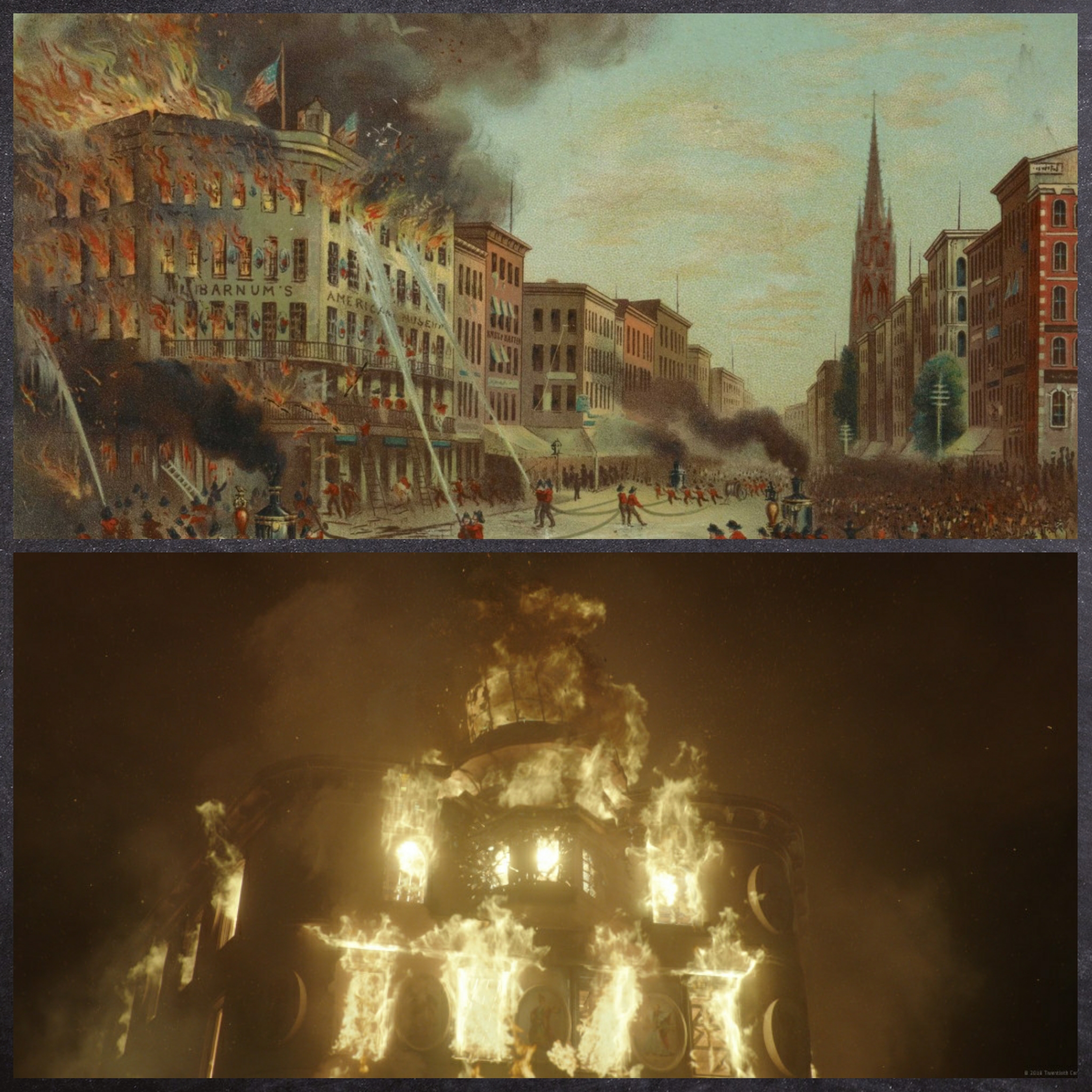
Never Enough : Jenny Lind’s Tour
In 1850, Barnum had his representatives make contact with the Swedish opera singer, Jenny Lind, and offered to bring her to America to tour. He hadn’t heard her sing and by his own admission it would have made little difference given that he wasn’t musically inclined. During his tours of Europe with Stratton however, he had seen how her performances inevitably sold out and witnessed her incredible popularity. Lind had little interest in visiting America and the American people had little knowledge of who Lind was, yet the tour was an incredible success.
As she does in The Greatest Showman, Jenny Lind gave her profits to charitable causes rather than keep them for herself. The fee Barnum offered her would allow her to support free schools in her native Sweden, therefore once she’d had Barnum’s credit checked, she accepted the offer. Barnum had to mortgage his properties extensively and still borrowed in order to pay Lind and her troupe in advance but stood to make a substantial profit from the tour. Due to his extensive marketing, before Lind had even arrived in America, she’d become a household name. She arrived to almost hysterical crowds and upon realizing her popularity and the money Barnum stood to make off her, she renegotiated their contract in order to increase the portion she received for charity.
The two travelled with Lind’s troupe around America, but Lind became increasingly disaffected and concerned with Barnum’s aggressive marketing strategies, which had gone as far as going on stage before her encore to announce that she was donating her fee to charities. In The Greatest Showman, Lind quits the show leaving Barnum bankrupt when he doesn’t return her obvious affections. In reality, the two parted amicably after Lind decided that she would act as her own manager. Barnum had already made a substantial profit from the tour and didn’t lose out for their parting. Lind went on to extend the tour during which time she married her conductor, Otto Goldschmidt.
The Greatest Show : The Three-Ring Circus
After Barnum’s American Museum was destroyed by fire, Barnum re-established it elsewhere in New York. Except that too was destroyed by fire. After this, he didn’t try and rebuild, choosing to take his acts out as a travelling troupe instead, calling them the ‘Greatest Show on Earth’. In his later life, he merged his circus with that of James Bailey and James L. Hutchinson, creating ‘Barnum and Bailey’s’ circus.
The show was the first to utilise the three ring format, as well as the first to travel by train. He continued to be plagued by setbacks (including fire) but the show went on, long after Barnum’s death, until it closed in 2017.
Tightrope : P.T. Barnum and Charity Hallet
A major part of The Greatest Showman is the love story between Barnum and his wife, Charity. In the film, they’re childhood sweethearts parted when Charity is sent to boarding school by her aristocratic parents. Their fondness never dies and they reunite as adults, marry, and have two children. Barnum’s constant desire to improve upon their situation is contrasted with Charity’s wish that they be happy with what they have in life. Briefly driven apart by his apparent infidelity with Jenny Lind, the two reconcile and go on to be happy together.
Barnum did indeed marry Charity Hallett, though her family’s financial situation is unknown. Two of their children appear in the film but they had four daughters together, one of whom died in infancy. Barnum praised Charity as the greatest woman he could have married after her death in 1873, however this might have been in part him trying to assuage his conscience as he had long been having an affair with the daughter of one of his friends.
Nancy Fish was forty years Barnum’s junior and began writing to him from the age of twenty one. She was with him during his European tours and when Charity died, Barnum, who was in Germany at the time, left for Fish’s home. He missed Charity’s funeral and married Nancy thirteen weeks later. Appreciating that it might be a little tasteless to return to New York with a new wife on his arm, the new Mrs Barnum waited until the September after Charity’s death to join her husband where they were married a second time.
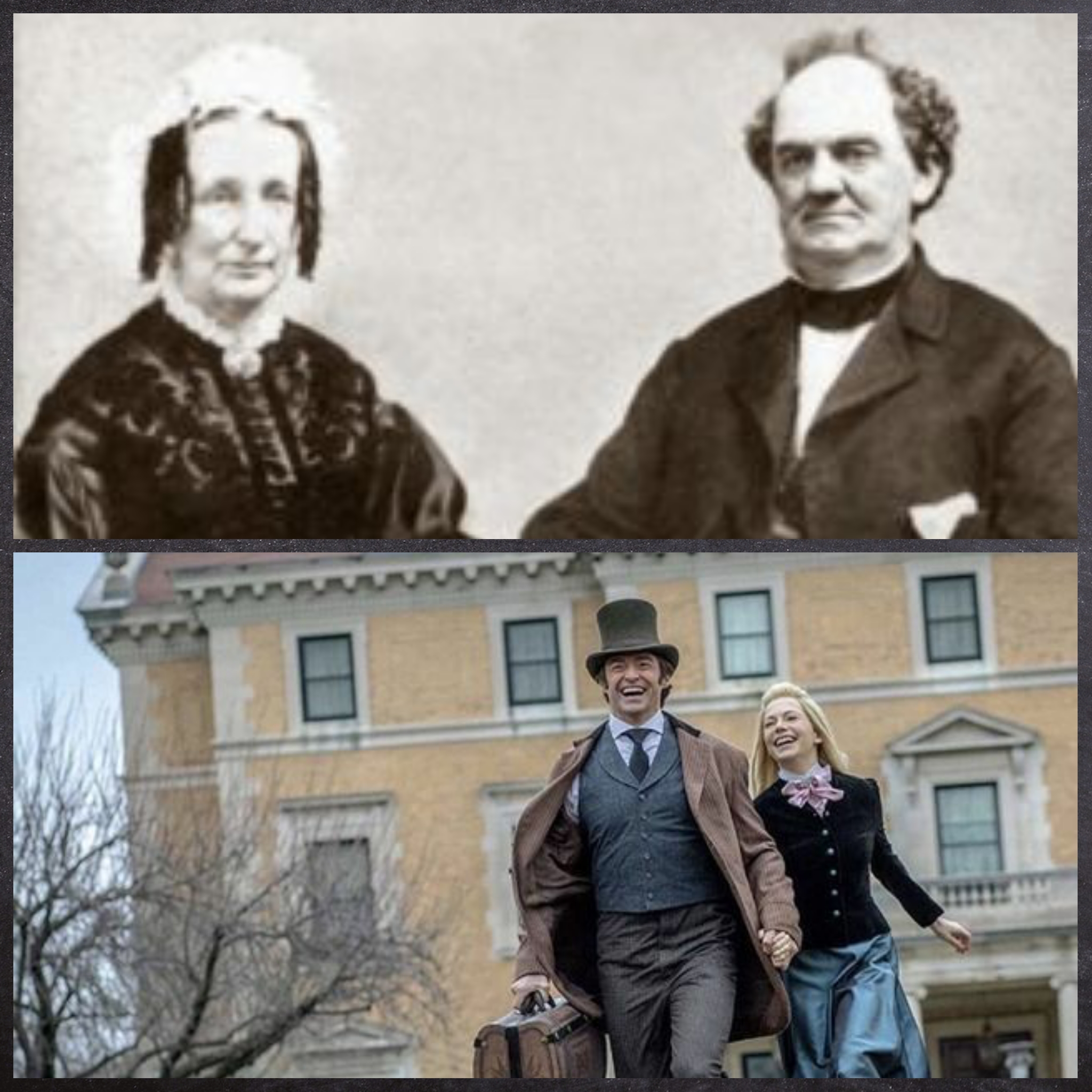
The Other Side : Miscellaneous facts and tidbits
So just a few things to round up with.
- Zac Efron’s character, Phillip Carlyle is fictional, as is his relationship with the fictional Anne Wheeler.
- Barnum did hit a state of financial ruin shortly after Jenny Lind’s tour but it wasn’t related to the tour. He recovered financially after touring as a temperance speaker.
- Barnum also had a political career serving as the mayor of his home of Bridgeport, and in the legislature of Fairfield, Connecticut. Despite his earlier dealings with Joice Heth, he later became an abolitionist and left the Democratic party to join the anti-slavery Republicans.
- He built several lavish mansions which were considered the height of good taste by his peers.
- Caroline Barnum wasn’t a ballerina and accompanied her father on Jenny Lind’s tour. She kept a journal of the events.
- Helen Barnum was cut from her father’s will after she chose to divorce her husband and marry another man.
- The conjoined twins Chang and En were one of Barnum’s actual acts.
- Jenny Lind was born out of wedlock. Her mother had divorced her first husband and was living with Lind’s father at the time of her birth, but refused to marry him while her first husband lived.
- James Gordon Bennett was one of Barnum’s actual critics, though it was Barnum himself who coined the term ‘King of Humbug’
And as this is a historical blog, I have not delved too deeply into the issues of race around The Greatest Showman, so here are some links as promised.
‘The Greatest Showman’ is the latest Hollywood whitewashing of America’s racist past
Hugh Jackman’s role as P.T. Barnum helps erase the showman’s violent racism
‘Greatest Showman’ P.T. Barnum was also a master racial mythmaker
P.T. Barnum Isn’t the Hero the “Greatest Showman” Wants You to Think
If you’d like to join me for more fun and games in picking apart history, and other behind the scene tangents, you can support me via my Patreon.


